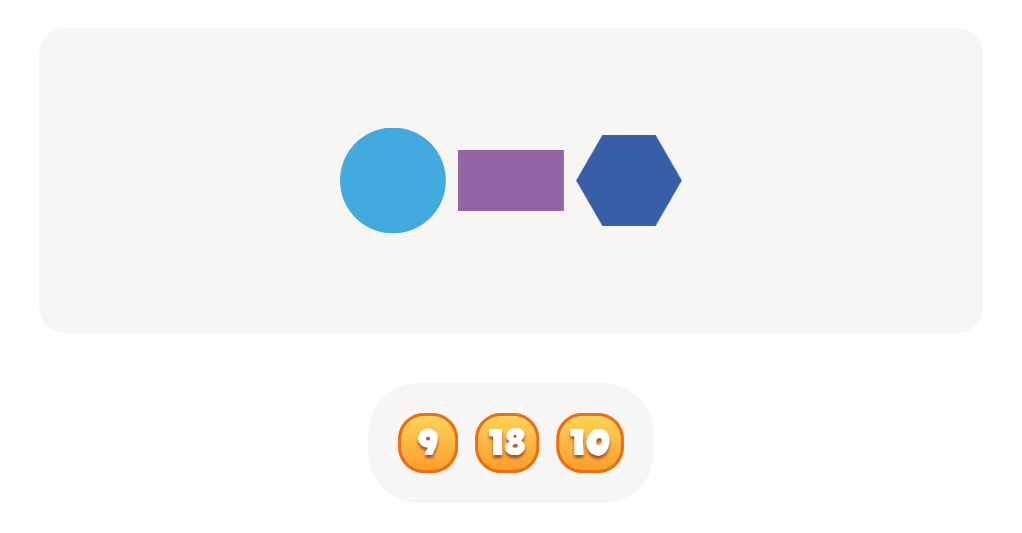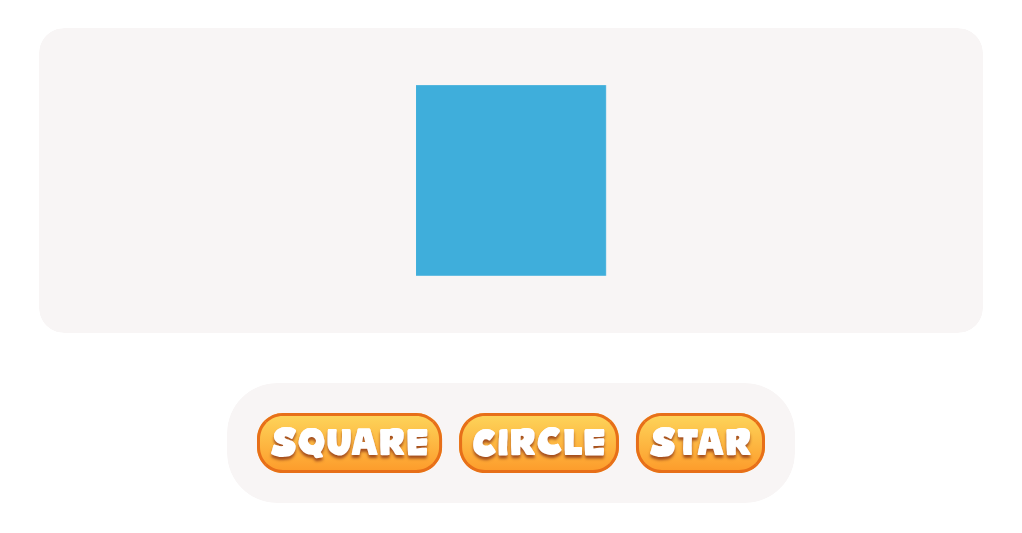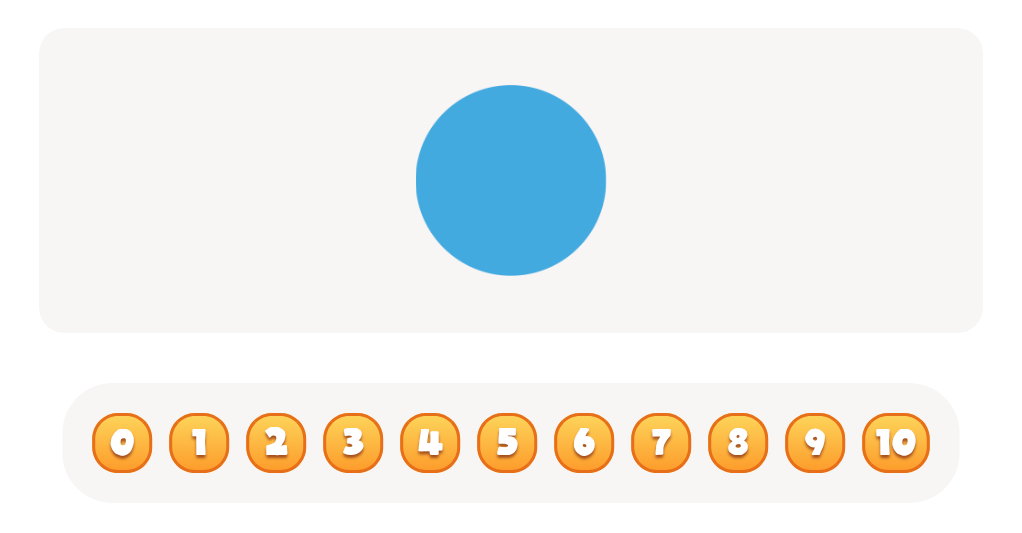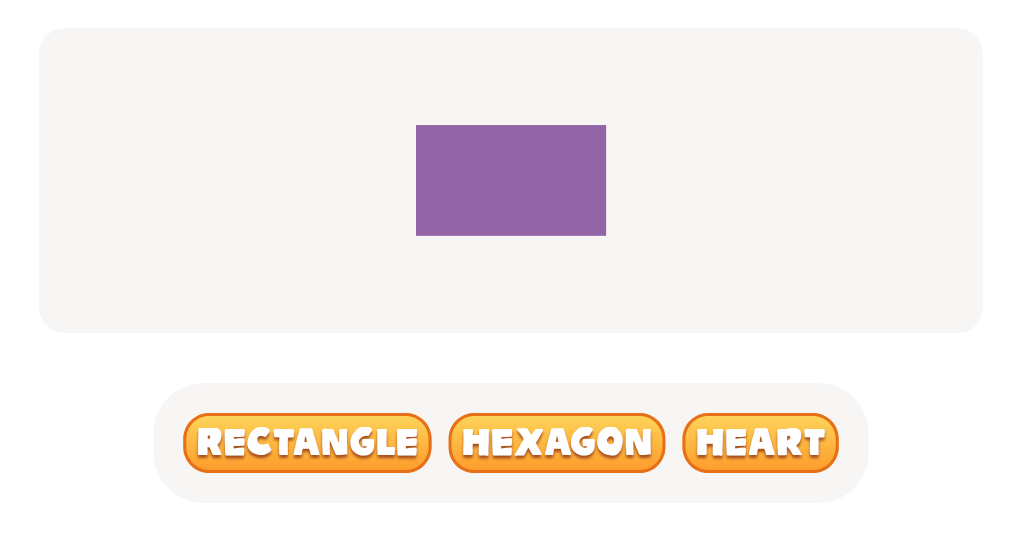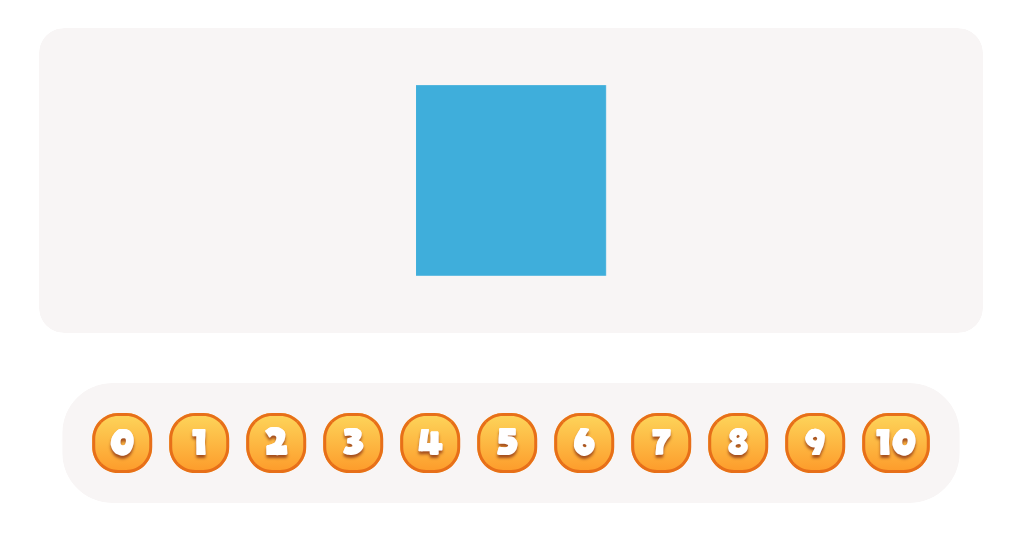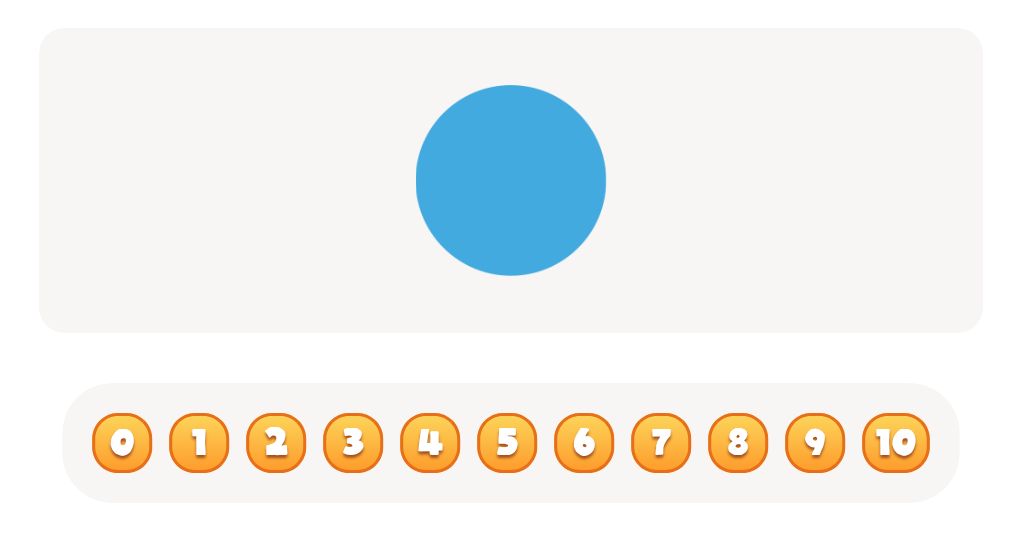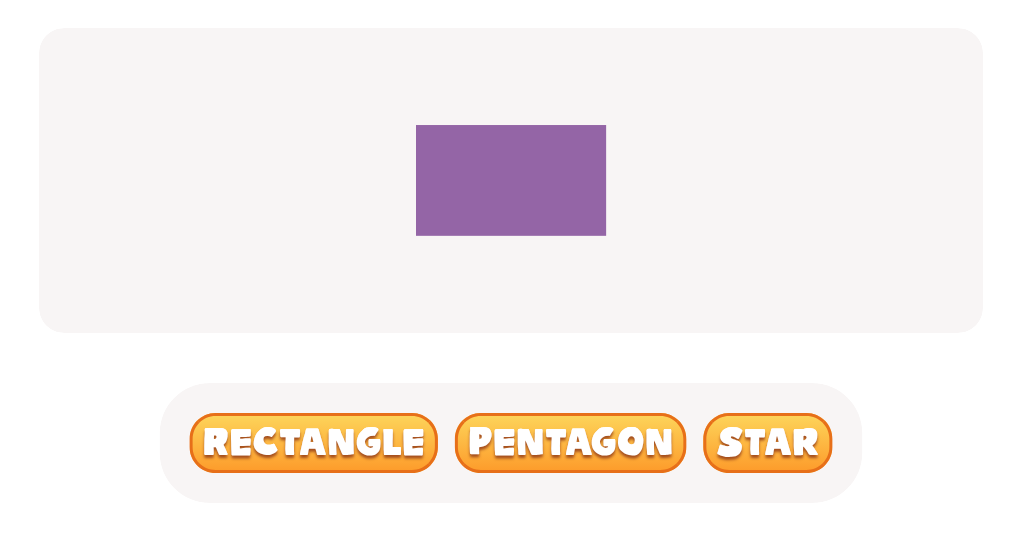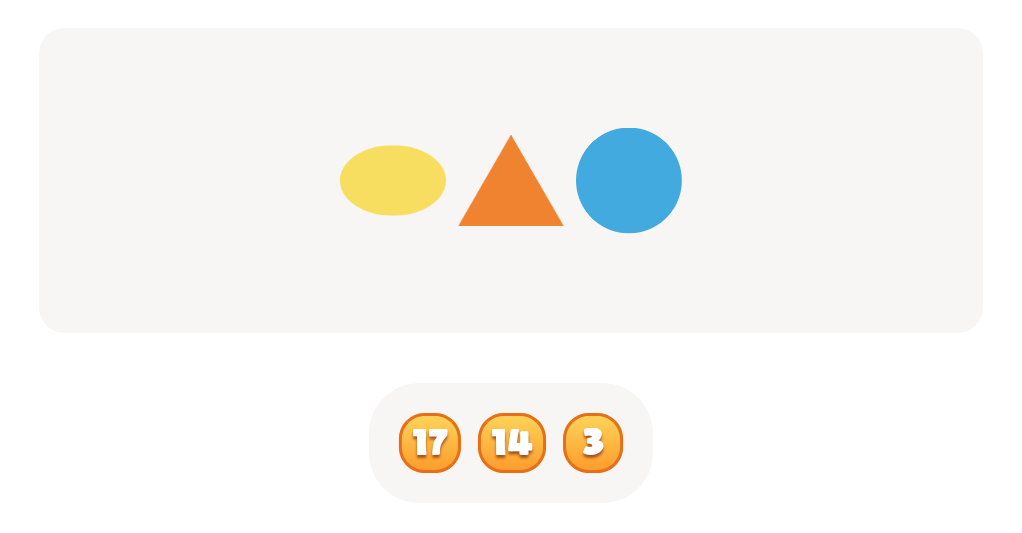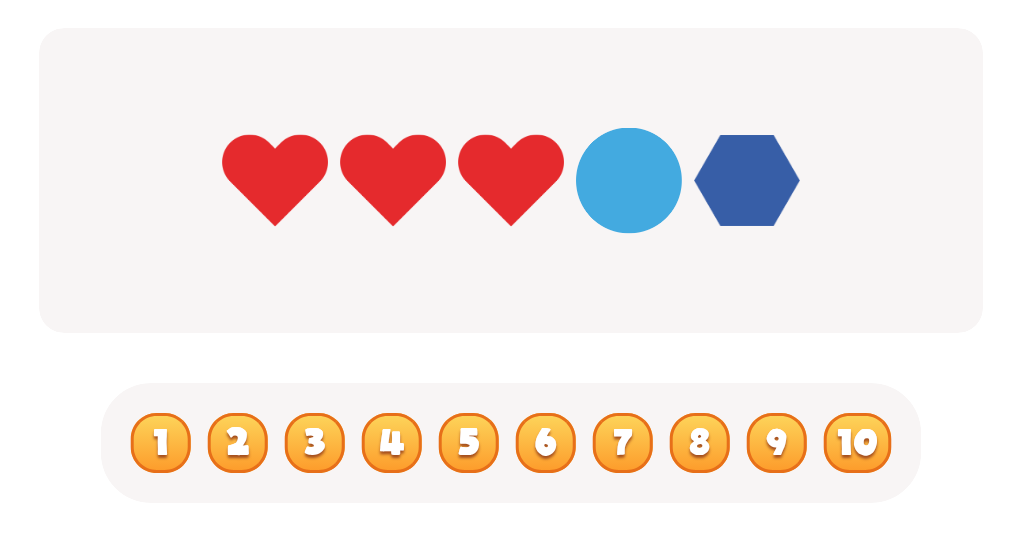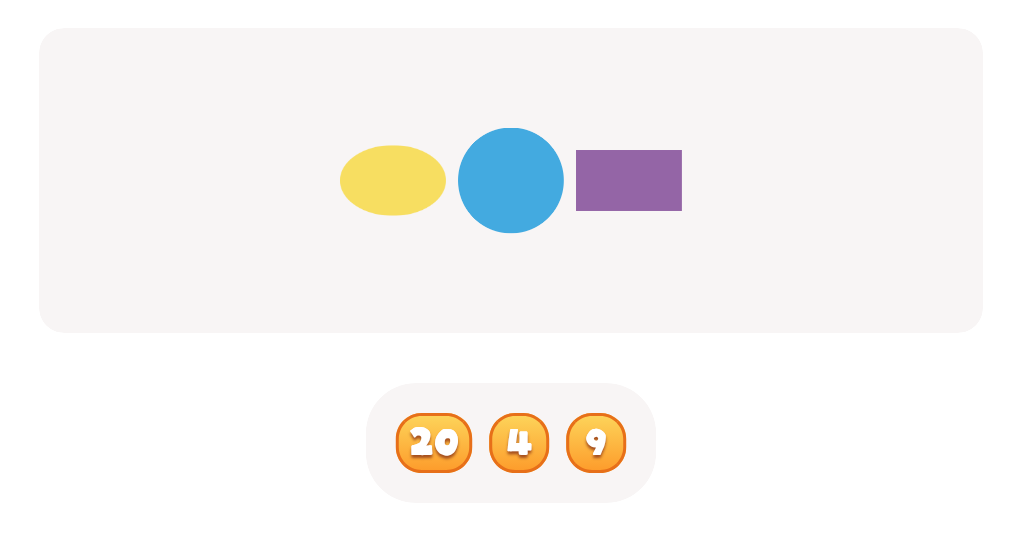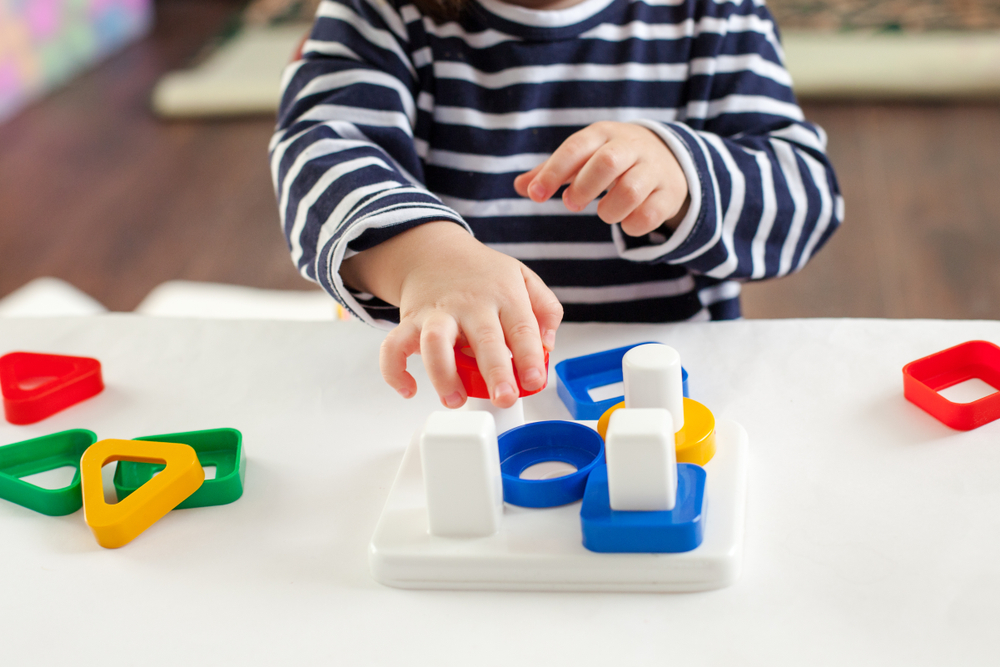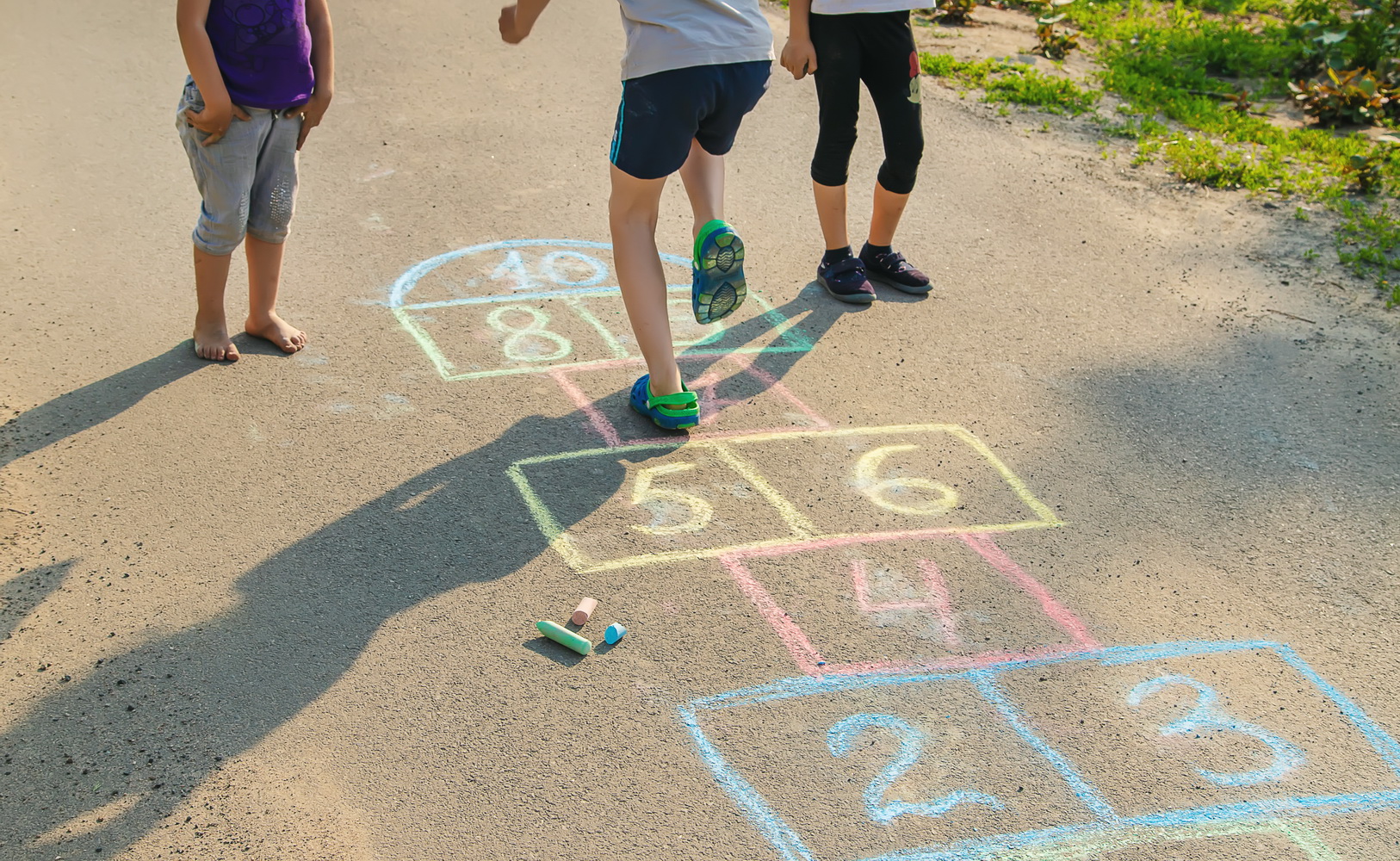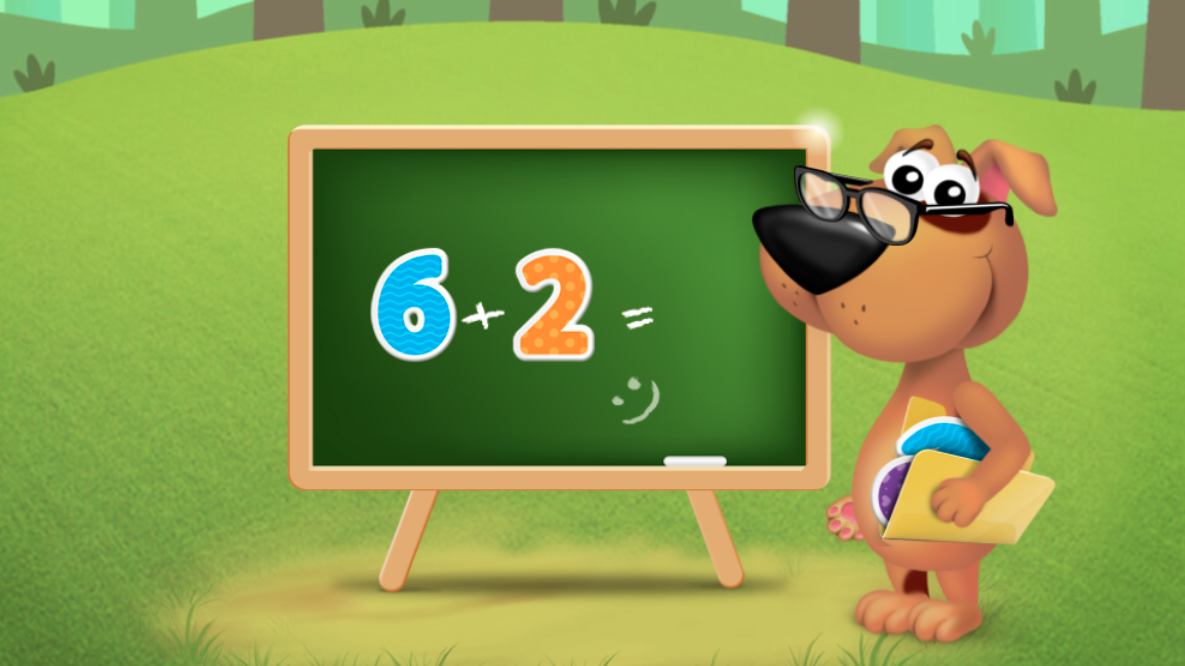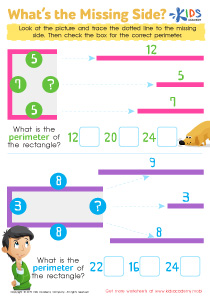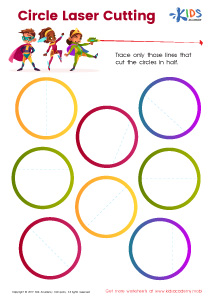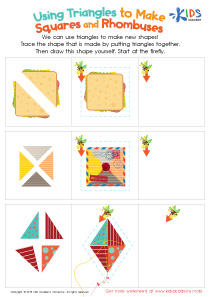Reading comprehension Normal 2D Shapes Worksheets for Ages 3-8
4 filtered results
-
From - To
Enhance your child's understanding of 2D shapes with our dedicated Reading Comprehension 2D Shapes Worksheets, designed for ages 3-8. These engaging activities combine the recognition of shapes like circles, squares, and triangles with reading comprehension practice. Children develop critical thinking and problem-solving skills while navigating fun, educational exercises. Our worksheets present diverse content, ensuring young learners stay motivated and intrigued. They’re perfect for both classroom use and homeschooling settings, guiding kids towards mastering basic geometry and honing their reading abilities simultaneously. Visit our page to discover how our worksheets can support your child's educational journey.
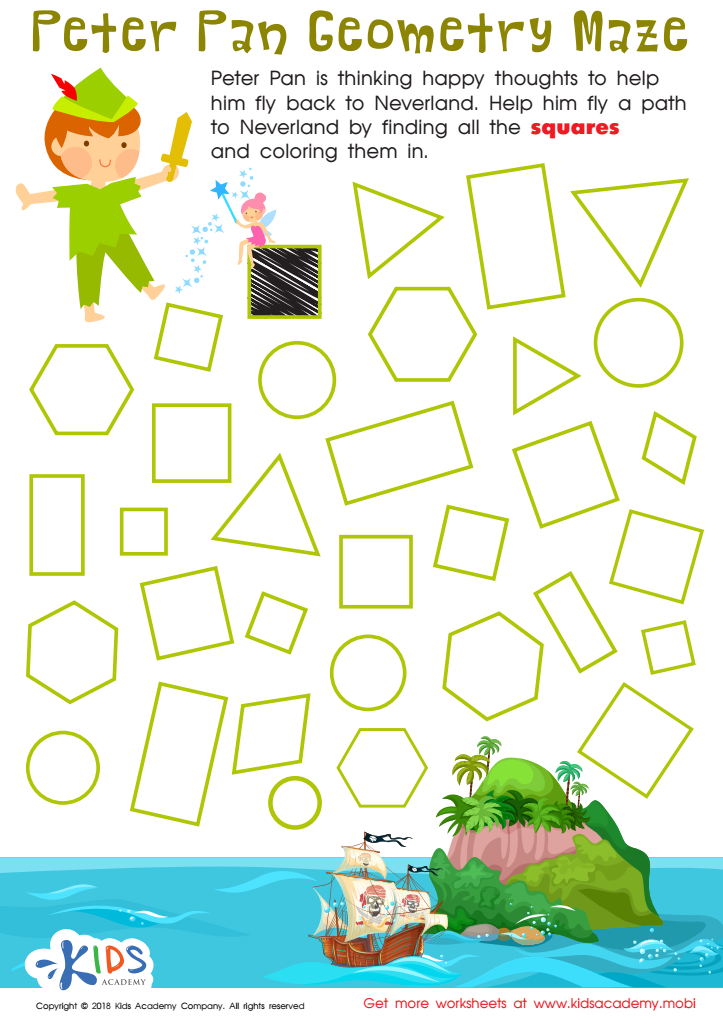

Peter Pan Worksheet
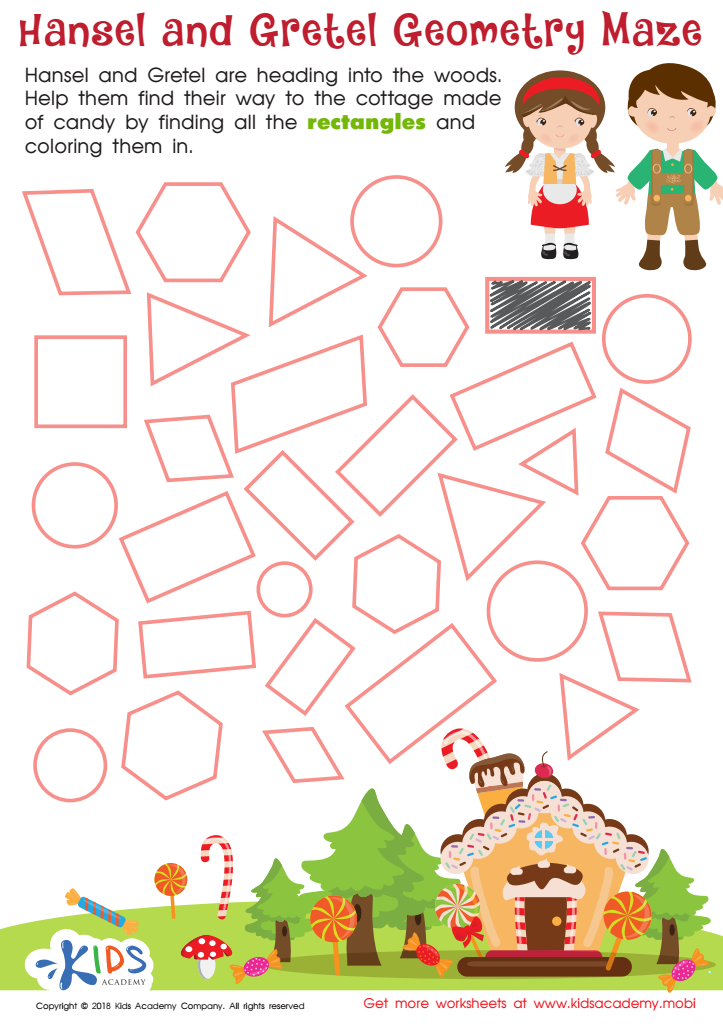

Hansel and Gretel Geometry Maze Worksheet
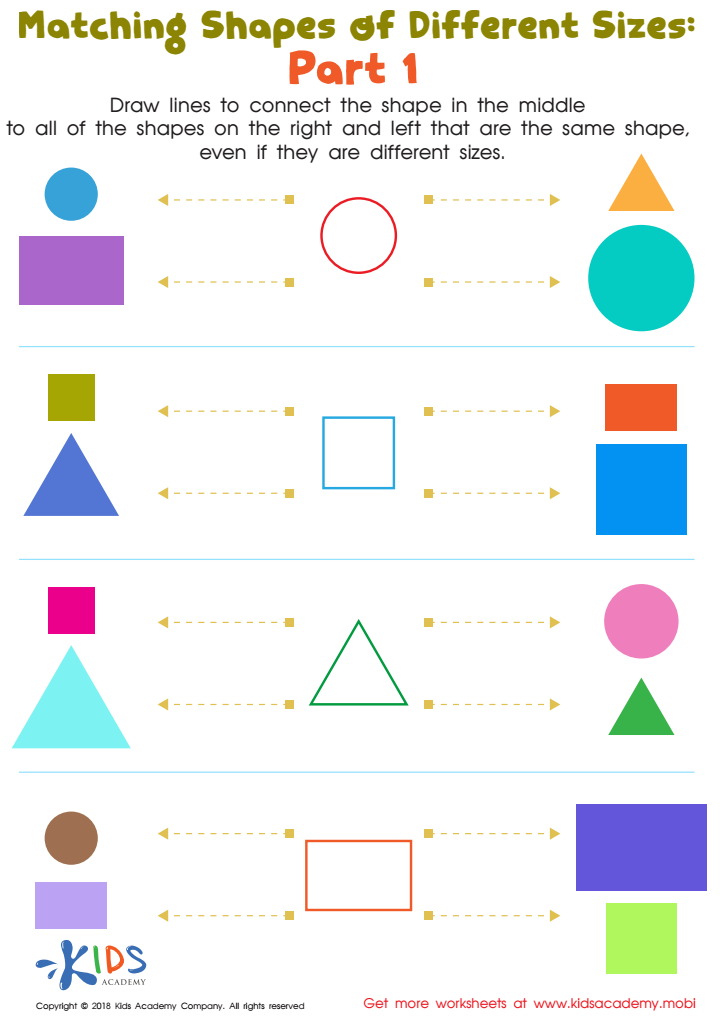

Geometry: part 1 Worksheet
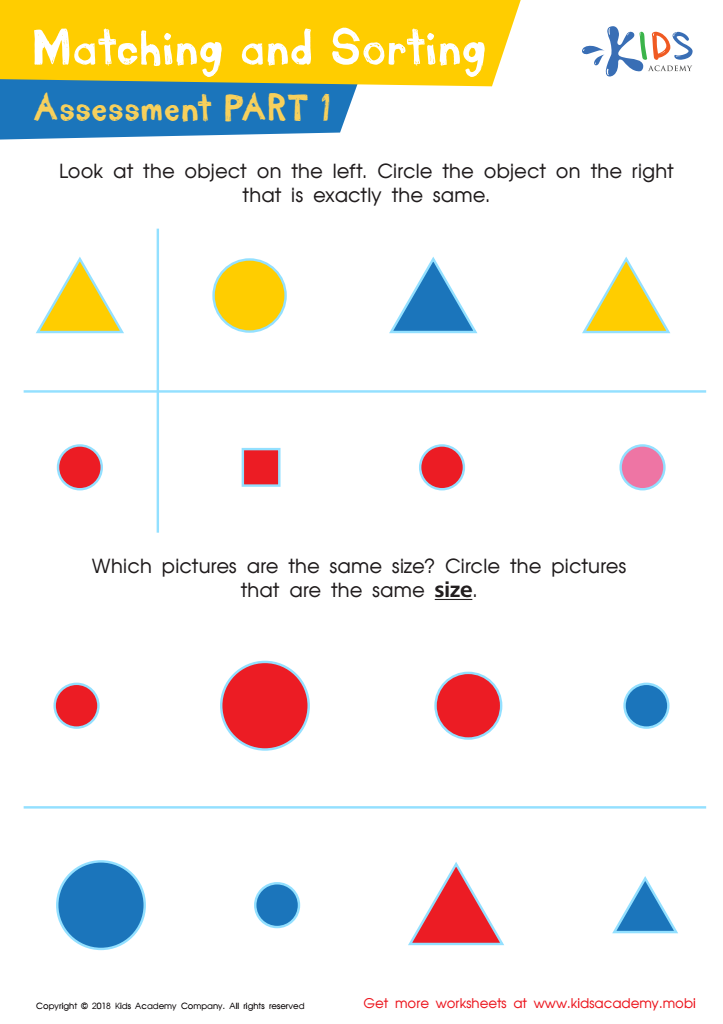

Matching and Sorting for Kindergarten: Assessment 1 Worksheet
Reading comprehension and the understanding of basic 2D shapes play a vital role in the cognitive development of young children, particularly ages 3-8. Reading comprehension is the ability to understand, interpret, and derive meaning from written text. For young learners, developing strong reading comprehension skills lays the foundation for academic success, enhances language acquisition, enriches vocabulary, and fosters a love for reading that can last a lifetime.
Simultaneously, familiarity with normal 2D shapes—such as circles, squares, triangles, and rectangles—builds early mathematical skills crucial for problem-solving and logical thinking. Recognizing and naming shapes not only supports geometry learning but also enhances spatial awareness. This skill set is foundational for more advanced math concepts, including measurement and pattern recognition.
Moreover, integrating these skills can support interdisciplinary learning. For instance, stories or books that include visual representations of shapes, navigation through shape-filled activities, and interactive read-alouds can link comprehension and mathematical understanding seamlessly. In turn, parents and teachers bore a dual responsibility in nurturing these skills. They offer appropriate materials, create engaging activities, and promote a positive learning environment to strengthen their developmental process. Active involvement ensures children do not merely recognize shapes and remember words but also comprehend their usage and context—building a bridge to more sophisticated cognitive abilities in later years.
 Assign to My Students
Assign to My Students
